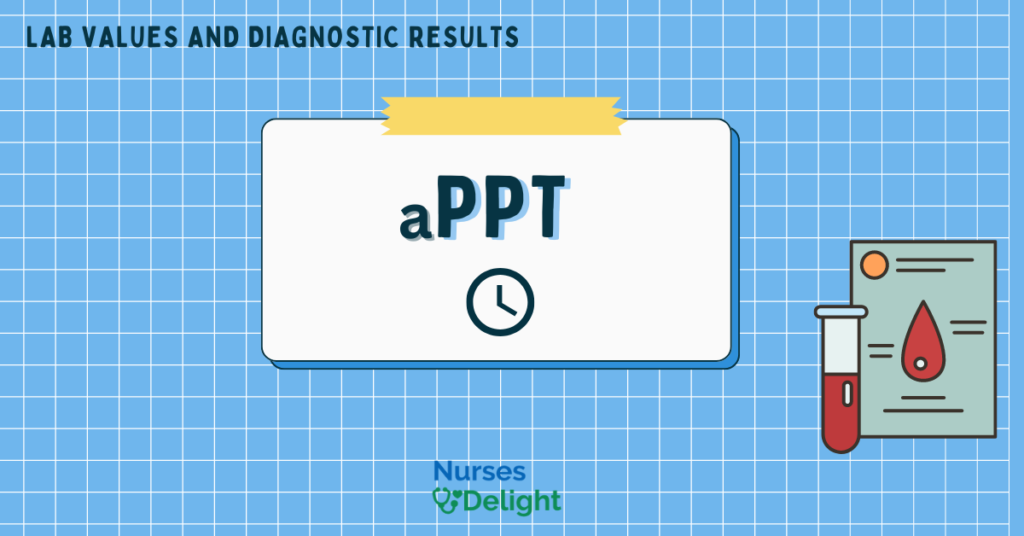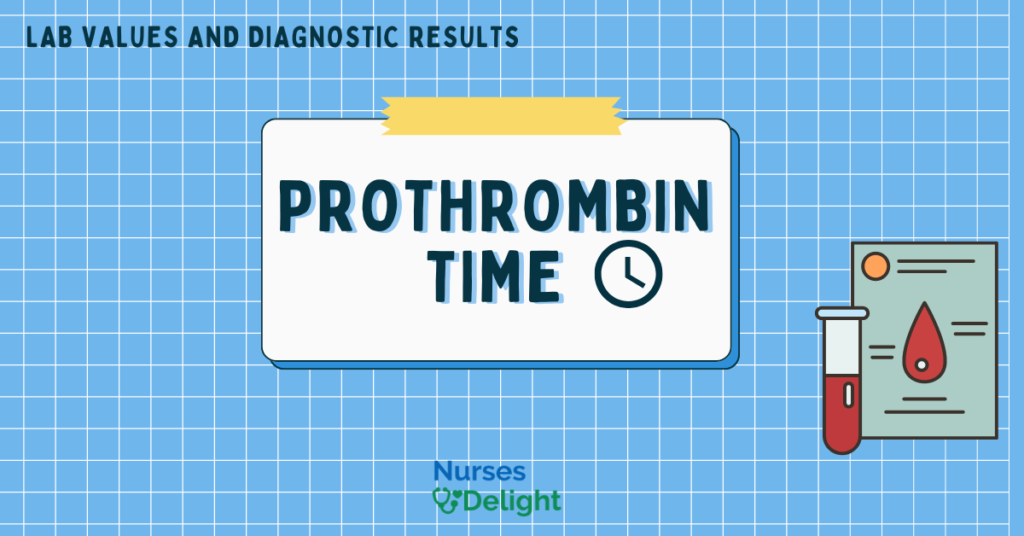Partial thromboplastin time (PTT) and activated partial thromboplastin time (aPTT) measure the length of time it takes for a blood to clot. They measure both the intrinsic and extrinsic pathways of the clotting cascade.
However, the aPTT test requires an activator to accelerate the clotting time, resulting in a smaller reference range. Since the aPTT is more sensitive than the PTT, it is recommended to use it to track how the patient is responding to heparin therapy.
Normal Range
The rate of aPTT is 30 to 40 seconds, depending on the activator used whereas the range of PTT is 60-70 seconds.
Indications
- To identify clotting factor deficits that are congenital, as observed in conditions like hemophilia A (Factor VIII) and hemophilia B (Factor IX).
- To assess anticoagulant medication response using derivatives of heparin or coumarin.
- To determine which patients are at risk of bleeding during invasive diagnostic, surgical, obstetric, or dental treatments.
- To determine the potential cause of any unusual bleeding, including menorrhagia, gingival bleeding, epistaxis, and hematomas.
- To monitor the hemostatic effects of ailments like malabsorption of fat, liver disease, and protein deficiencies.
Interpretation
A normal aPTT with an aberrant PT (Prothrombin time) indicates that the extrinsic route is defective. An aberrant aPTT with a normal PT indicates that the intrinsic route is impaired. Prothrombin time measures both extrinsic and the common clotting pathways. aPTT measures both intrinsic and common clotting pathways.
Increased Levels
The range levels of PTT and aPTT are increased in;
- Disseminated intravascular coagulation
- Hemophilia
- Heparin administration
- Congenital clotting factor deficiency
- Leukaemia,
- Vitamin K deficiency.
Decreased Levels
- Levels are decreased indisseminated intravascular coagulation in the early phase of cancer.
Interfering Factors
- Drugs and vitamins such as anistreplase, antihistamines, chlorpromazine, salicylates, and ascorbic acid may cause prolonged aPTT.
- Anticoagulant therapy with heparin will prolong the aPTT.
- Severe copper deficiencies may result in prolonged aPTT values since it is a component of factor V.
- Traumatic venipunctures can trigger the coagulation sequence by contaminating the sample with tissue thromboplastin, resulting in erroneously shortened findings.
- Inadequate tube filling results in inaccurate blood-to-anticoagulant ratio calculations.
- Excessive agitation can produce sample hemolysis, resulting in a falsely shorter aPTT due to hemolyzed cells activate plasma clotting factors.
- Improper mixing of the tube can lead to incorrect findings.
- Specimens left untreated for over 4 hours should be rejected for analysis.
- Inadequate centrifugation or high platelet count can lead to lower readings.
- Excessive usage of anticoagulants can result in artificially extended results if the hematocrit exceeds 55%. The excess anticoagulant can bind the calcium reagent in the test apparatus, preventing correct reaction with patient samples.
Nursing Implications
Pretest
- Obtain the patient’s medical history, including a list of all known allergens.
- Obtain the patient’s medical history regarding their immune system, hematopoietic system, history of bleeding problems, and the outcomes of any previous tests or procedures—in particular, the bleeding time, complete blood count, clotting time, partial thromboplastin time, prothrombin time, and platelets.
- Obtain a list of all the drugs the patient is taking, including acetylsalicylic acid, herbal remedies, nutraceuticals, anticoagulant therapy, and other drugs that are known to interfere with coagulation. It is advised to stop using it 14 days before to any dental or surgical operations.
- If the patient frequently utilizes the requested laboratory and/or health care provider, they should be informed.
- Make a note of any recent practices that might affect the outcome of the test.
- Unless directed by a doctor, there are no limitations on food, drink, or medication.
- Talk over the process with the patient.
- Tell the patient that it will take five to ten minutes to collect the specimen.
Intra-test
- Ask the patient to avoid moving needlessly and to breathe normally.
- Take the usual safety precautions and adhere to the blood collection guidelines.
- After venipuncture, gather the specimen in a 5-milliliter lavender-topped tube.
- Ten gentle inversions of the tube are required to thoroughly mix the specimen. If the specimen is kept at room temperature, it should be examined within six hours, and if it is kept chilled, it should be examined within twenty-four hours.
- Additionally, two blood smears should be produced right away following the venipuncture and submitted with the blood sample if it is expected that the specimen will not be evaluated within four to six hours.
- Once the specimen has been labeled, quickly submit it to the lab.
Post-test
- Check the venipuncture site for signs of hemorrhage or hematoma development. Put a pressure bandage on it.
- Tell the patient to report any bleeding from their mucous membranes or skin.
- Remind the patient who has a lowered platelet count of the significance of taking preventative measures against bleeding and bruising. These include using an electric razor, a soft toothbrush, avoiding constipation, avoiding acetylsalicylic acid and related products, and avoiding intramuscular injections.
- If the patient is taking an anticoagulant, remind them of the significance of routine laboratory testing.
Analyze test findings in light of the patient’s symptoms and the outcomes of other tests. Bleeding time, clot retraction, total blood count, red blood cell morphology and inclusions, platelet antibodies, and white blood cell count are related laboratory examinations.
References
- Fischbach F., Dunning M. [2015] A manual of laboratory and diagnostic test. 9th Ed. Wolters Kluwer Health. Lippincott Williams & Wilkins.
- Schnell B et al. [2003] Davis’s Comprehensive Laboratory and Diagnostic Test Handbook—with Nursing Implications. F. A. Davis Company Philadelphia.
- Castellone, D. [1999] Coagulation the good, the bad and the unacceptable. Advance for Medical Laboratory Professionals.
- Cavanaugh, B. [ 1999] Nurses’ Manual of Laboratory and Diagnostic Tests, ed 3. FA Davis, Philadelphia.



